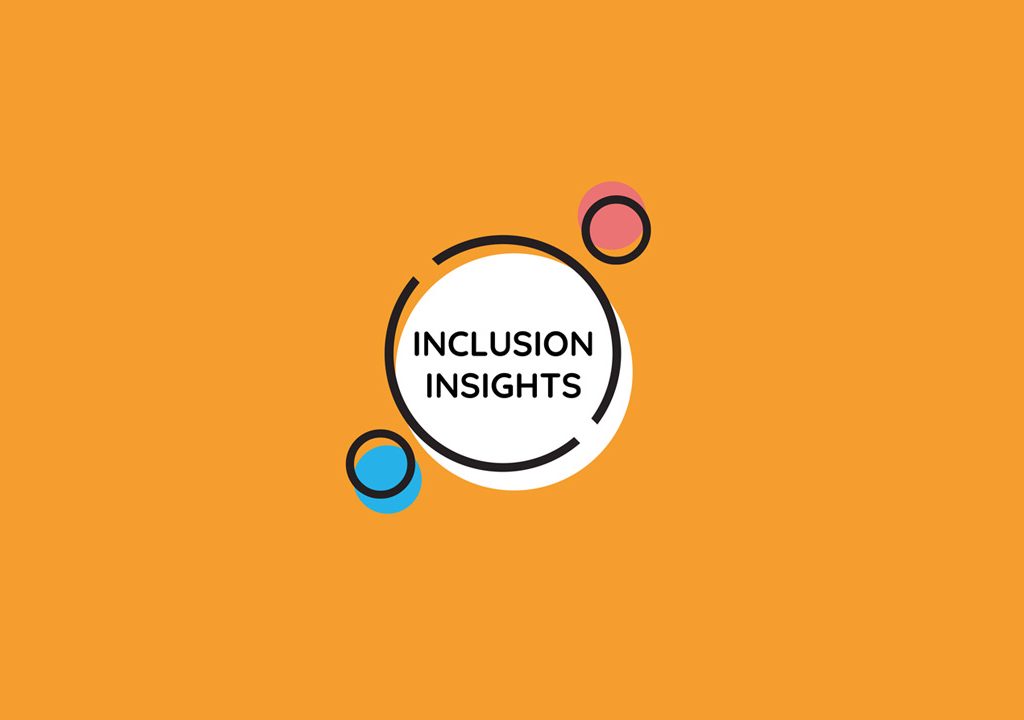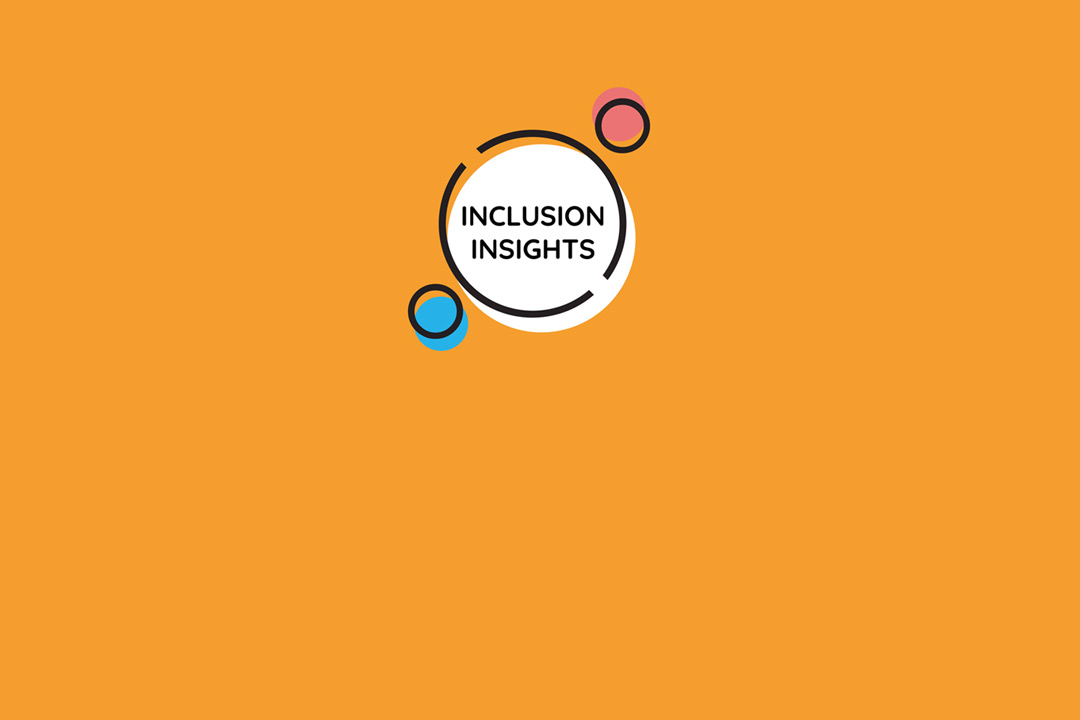
Inclusive education: between regulations and the needs of children and young people
Prof. Dejana Bouillet, PhD
University of Zagreb, Faculty of Humanities and Social Sciences
Department of Pedagogy
In the vocabularies of various dictionaries, there are few terms that are used so frequently and seem so self-evident yet which also trigger numerous controversies, are difficult to describe in a comprehensible way, and are even more difficult to put into practice than inclusion and inclusive education in connection with it. Although contemporary literature defines inclusive education as a process that considers and responds to the diverse needs of all students by increasing their participation in learning, culture, and community, in practice it often focuses on specific, mostly underprivileged and marginalised social groups, especially students with developmental disabilities. Such a practice leads to a paradox: the right to equal educational opportunities for all children is to be exercised through processes that involve lengthy and complex procedures for assessing and determining children’s developmental status in order to ensure a legal basis for implementing various forms of additional support for children’s learning (e.g., individualised curricula, support from teaching assistants, etc.). Great expectations are placed on professional services (psychologists, educational rehabilitators, social pedagogues, and pedagogues). In addition to this, we often come across different interpretations of professional roles (e.g., whether a chemistry teacher should and can be responsible for teaching foreign language students), unrealistic mutual expectations between other systems (e.g., that the social protection system should be responsible for educating students with behavioural disorders) or professions (e.g., that some students should be taught by specially trained experts). Cross-sectoral and interdisciplinary collaboration thus emphasises common strategic goals while maintaining different operational objectives, different interpretations of professional responsibilities, roles, and priorities. Due to these ambiguities, the interest of the child or young person is often simplified and sometimes disappears from the focus of joint efforts and activities.
At the same time, a number of initiatives, projects, and scientific studies confirm that such an approach does not lead to the expected changes in terms of achieving satisfactory levels of inclusion, equality, and fairness in education and in society as a whole. Numerous studies show that pedagogical discontinuity at different levels of education and the mechanical approach taken by education policymakers to the introduction of changes, which ignores the possibilities of their implementation in individual educational institutions, are additional obstacles to the realisation of inclusive education.
Without denying the value and necessity of additional learning support for all children and young people who are at greater risk of unequal access to education, lower wellbeing during the educational process, and lower educational achievement, inclusive education focuses on a wide range of strategies, activities, and processes aimed at realising the universal right to a quality, relevant, and appropriate education for every child. Inclusive education is not limited to the mere inclusion in education (e.g., in the Erasmus+ programme); it also considers issues of removing organisational and administrative barriers to meaningful, inclusive, and equitable education. Service users are not passive recipients of the service, but active and informed participants in all stages of the process (from planning to implementation and evaluation).
This means that the system, and not the children and young people, should be prepared for inclusion, because inclusive education is the starting point for educational policy and practice. This implies the application of Universal Design for Learning (UDL), which includes the use of different forms of presentation (models, diagrams, films, ICT technology, direct support, different learning opportunities); the facilitation of different forms of expression (communication, oral and written expression, hands-on activities); and a focus on different methods of motivating children and young people to participate in learning and teaching (choice, self-assessment, frequent checking of content understanding, feedback). The UDL recognises the needs of all children, not just some. When it comes to inclusive education, UDL encompasses the process of learning and teaching, but also the spatial and material conditions in which this process takes place, the organisation, procedures, available forms of support, and other circumstances that shape each child’s educational experience.
Therefore, when planning and designing educational programmes such as Erasmus+, it is crucial to answer the question: “What concrete measures have we taken to ensure that every child – regardless of their background, abilities, or circumstances – can meaningfully participate in the programme?”
The answer to this question requires a move away from approaches based on categorising children according to different characteristics (e.g., children living in poverty, children from migrant backgrounds, children from ethnic minorities, children with developmental disabilities, mental health problems, etc.) and highlighting only one characteristic of a child as the one that fully determines their identity and needs. Instead, it is necessary to take a holistic approach to the programme participants and their environment. A qualitative and multidimensional approach is expected for each participant, considering all of their needs and focussing on all of their characteristics. This means that their interests, their motivation, their remaining skills and opportunities, the support mechanisms available, and, in this context, the influence of a particular personal characteristic on the learning process are all considered appropriately. Instead of drawing up orientation lists and checklists based on individual characteristics of children and young people, priority should therefore be given to assessing the interplay of the biopsychosocial characteristics of each person, as described, for example, in the World Health Organisation’s International Classification of Functioning, Disability and Health.
The holistic paradigm also includes the understanding of programme users as subjects of their own education and training, which includes the guarantee of participation rights. However, children and young people in general, and especially when they are in a disadvantaged position, face numerous obstacles to active participation. Adults often forget that it is precisely the right to expression and participation that is defined by regulations, and, in particular, the fact that participation is a fundamental feature of all educational processes is often ignored. Thus, only some adults listen to children and young people for the purpose of collective action, most listen in order to establish various facts and obtain information, and many adults simply forget to listen because they believe they do not have time to do so. Such a practice significantly weakens the inclusive nature of the educational process and has a negative impact on its quality and outcomes.
Change, therefore, means listening to children and young people, but it also means that all stakeholders are committed to the same goal (the wellbeing of children and young people) and emphasise and strongly endorse the user perspective. This perspective should be formalised and well planned. This leads to working together, listening to each other, respecting each other, and seeing each person in the unique context of their environment and life experience. However, this requires a willingness to redefine traditional professional roles and an openness to taking personal and collective responsibility for creating the conditions for partnership between users and designers of policies, programmes, and systems.
The suggested references are available in the PDF version of the article.
